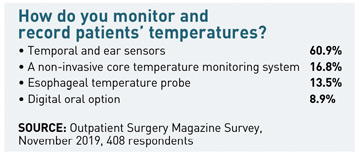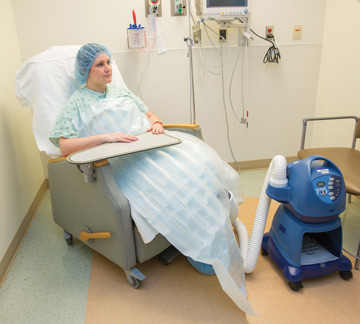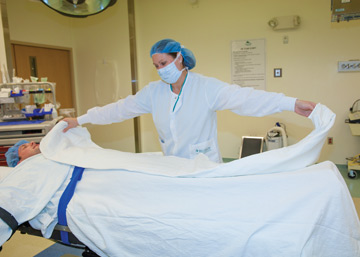It should come as no surprise that most outpatient facilities warm their surgical patients. After all, there's an ever-growing mountain of evidence that says warming prevents hypothermia as well as many related complications like cardiac trouble, impaired immune function, increased risk of infection and lengthier stays in recovery. Plus, it's a proven patient-satisfier. What may surprise you, however, is how, when and why your peers warm patients. These are the details we aimed to uncover with our survey of more than 400 facility leaders.
One of the most notable survey findings: 63.2% of facilities said they "always" warm surgical patients. That's a sizable jump from the 52.7% of facilities that reported "always" warming patients back in 2013, the last time we surveyed readers on this topic. Overall, however, the percentage of readers that warm patients at least "occasionally" has remained largely unchanged, 90.1% in 2019 and 90.2% in 2013.
.svg?sfvrsn=be606e78_3)




.svg?sfvrsn=56b2f850_5)